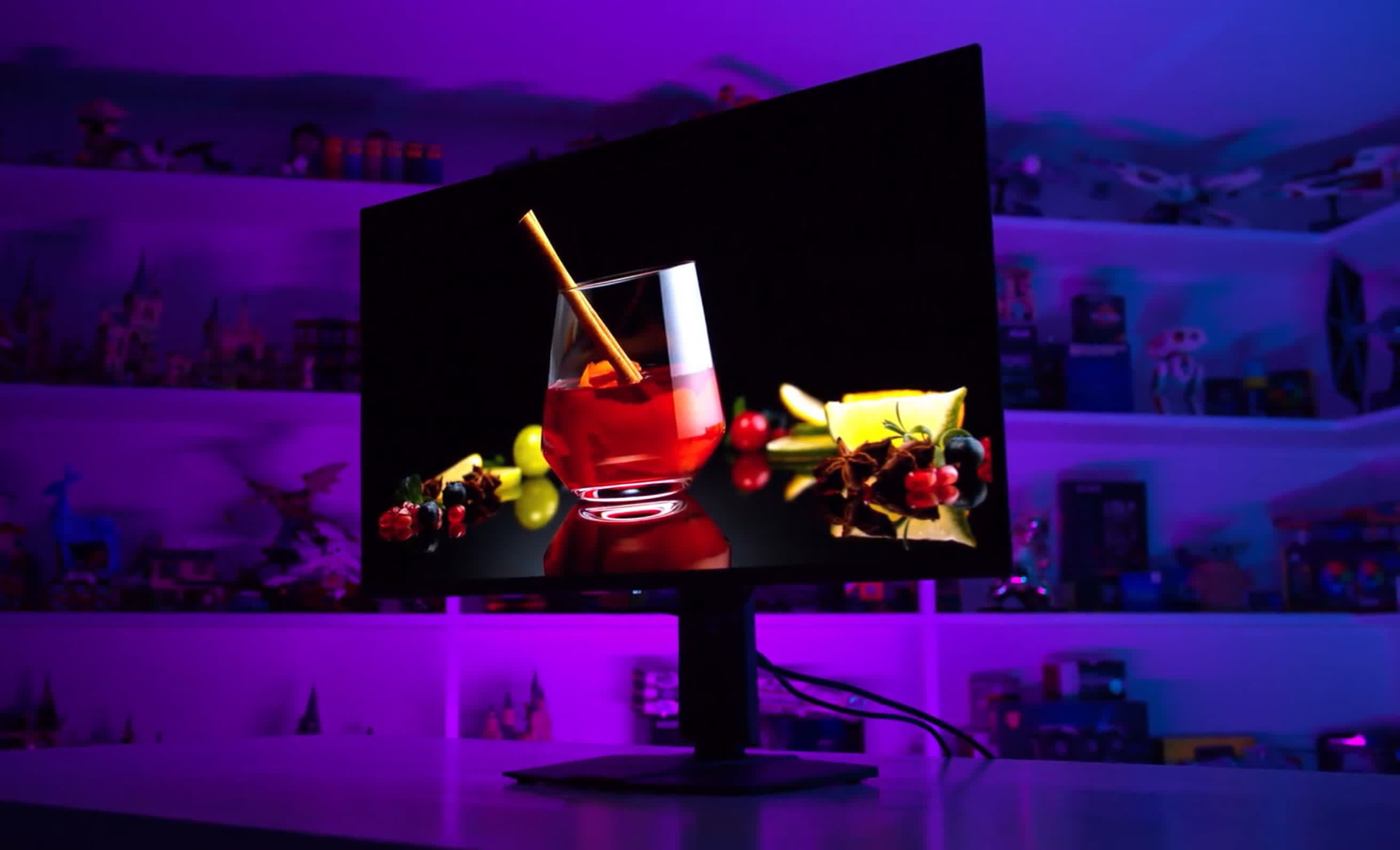The OLED Burn
We've been using the MSI MPG 321URX QD-OLED exclusively as a productivity monitor for the last six months,关键字1 and it's time to check in to see how the panel is holding up in terms of burn-in. Not much has changed in how we've been using this monitor – we've really been pushing it with a worst-case usage scenario for OLED – but there have been a few changes compared to the last time we checked for burn-in. If you missed the last two updates, we recommend going back and checking out at least the initial article to get an idea of the setup we're using and why we've chosen MSI's 4K 240Hz QD-OLED gaming monitor as our workstation display. Essentially, the idea here is to perform a real-world test of OLED longevity in the worst possible configuration, effectively burning in the display on purpose. We swapped a 32-inch 4K IPS LCD for this new QD-OLED and changed nothing else about the setup – no dark mode, no screensavers, or anything like that – to see if OLED monitors can truly be used as LCD-equivalent productivity displays long-term. I use my monitor more than 8 hours a day, sometimes continuously, with no breaks for the display to turn off and rest. This leads to hours upon hours of static usage in applications like web browsers, Microsoft Office (including Excel), and production tasks like Adobe Premiere and Photoshop. With virtually no content consumption and zero gaming in our daily use of this display, this is not how we recommend usingan OLED at all, though it's a use case that has been perfectly fine for LCDs for a long time. After one month of usage, the MSI 321URX showed no signs of burn-in at all, which was expected. At that point, we'd used the monitor for about 200 to 250 hours. After three months, we started to see faint signs of burn-in, and by that time, we'd used the display for approximately 650 to 750 hours with 71 panel compensation cycles. Six months into this experiment, we estimate the usage to be between 1,200 and 1,500 hours, and the monitor indicates that it has run 141 compensation cycles. This aligns with what we reported previously – about double the usage and about double the compensation cycles. We're still seeing around 9 to 10 hours of usage at 200 nits of brightness per compensation cycle. As we mentioned in the last update, the recommended rate for panel protection cycles is every four hours, so in our typical usage, it's running less than half as often as is ideal. However, this is a totally realistic scenario for someone using this display for full-time work, especially if you don't put the monitor to sleep during breaks. We've set the display to sleep after two hours, which is far longer than we would recommend for general OLED use, but it's the same setting we used for our LCD.

-
上一篇
-
下一篇
- 最近发表
- 随机阅读
-
- 八部门:探索建立长江经济带重点行业企业和个人碳账户
- 跟爱人逛超市的开心说说 逛超市收获好心情的短句
- 雷霆大反思后G2再无冷门 哈利前三节变路人醒的太晚?
- 广州撤楼道垃圾桶开启定时定点分类投放模式
- 《曾逢君时花照眼》播放量超4亿,“大内总管”魏劲松表演广受好评
- 双色球开10注720万分落6地 江西爆3102万大奖
- 传奇终极技巧之以攻代防战略
- 旅客携带1900张境外电话卡入境 海关:已将该批电话卡暂扣
- 亚运沃土开出奥运之花 丨 又一重大国际赛事落户宁波象山
- 中美经贸磋商机制首次会议将继续进行
- 教你如何对无盘网吧的客户机进行缓存设置
- 2025年天津全民健身健康运动会匹克球公开赛圆满收官
- Why I Left Facebook After 7 Years, But Was Forced Back In
- 韩国童演金康勋特别出演《苦尽柑来遇见你》网友感慨:长大了好帅气
- 三国战纪2盖世英雄武将对战秘籍是什么
- 怎样清理磁盘空间使计算机运行的更快
- 中国排球侠女名将 如今再就业有了三重身份
- 足球宝贝自诩不爱运动 健身只为翘臀
- 三国战纪风云再起隐藏难度怎么调
- NASA's Voyager finally phoned home with a device unused since 1981
- 搜索
-
- 友情链接
-